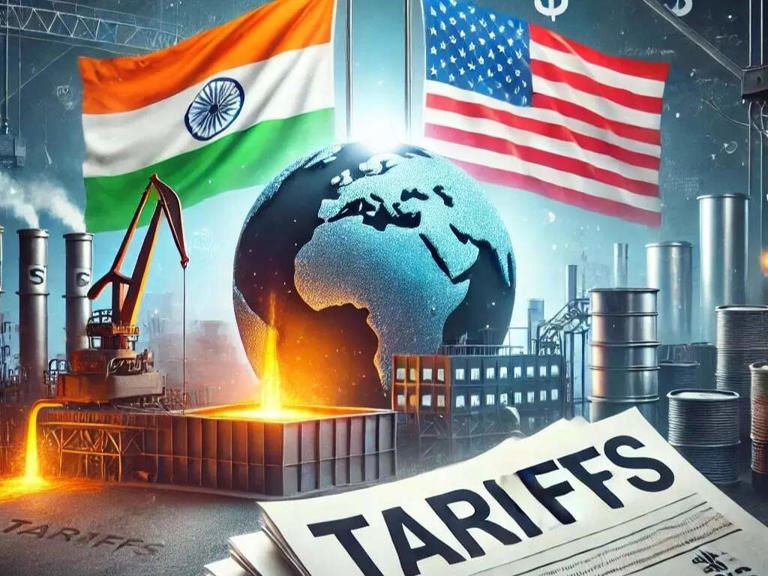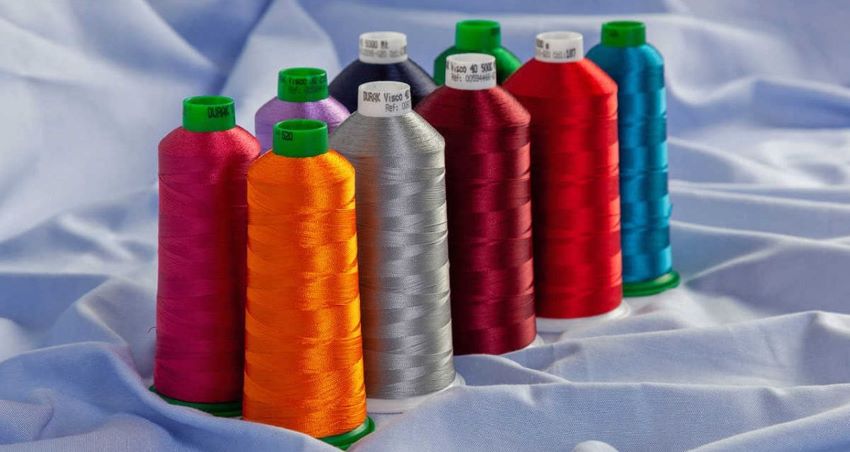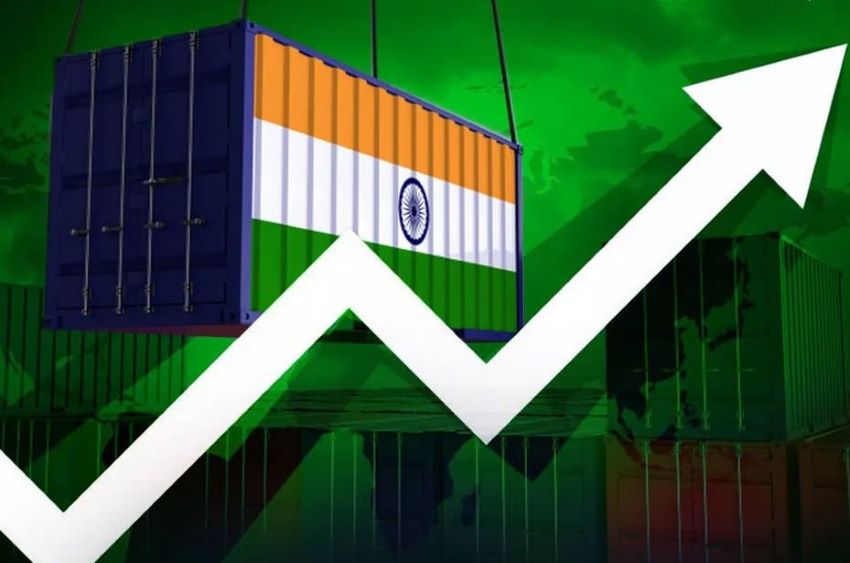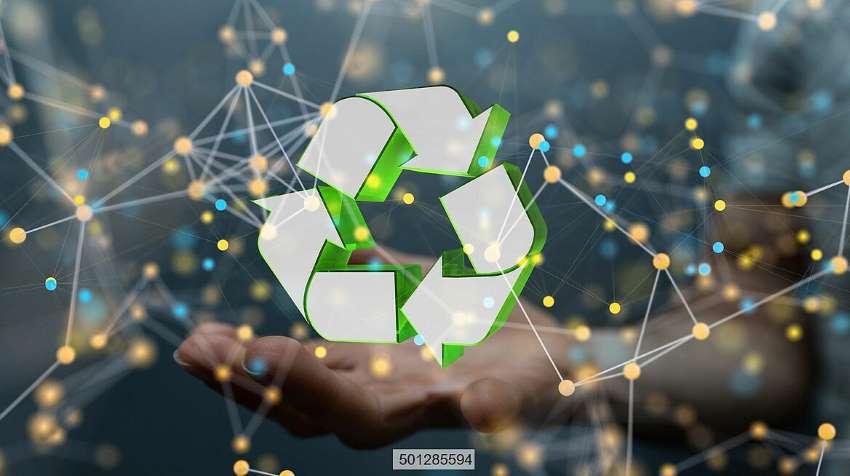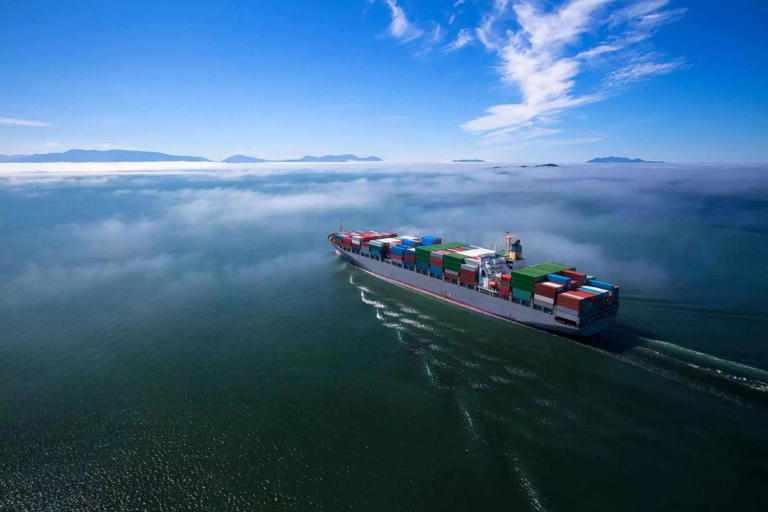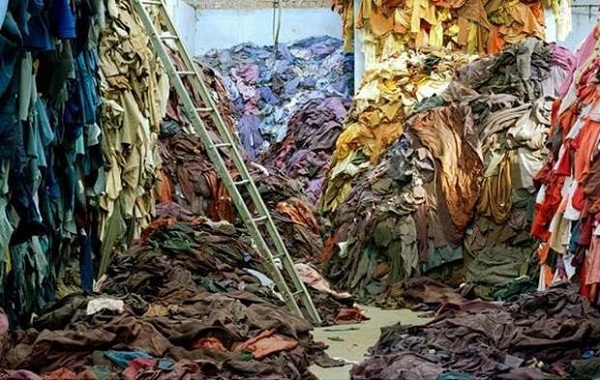
There is no dispute over the tremendous success of fast fashion and despite questions being raised about it using the planet as a dumping ground, its popularity continues. Globally, this segment of the fashion industry grew from $91.23 billion in 2021 to $99.23 billion in 2022 at a compound annual growth rate of 8.8 per cent. Millennials and Gen Z can’t seem to have enough of it with the lure of quick trends and affordable pricing. However, as this consumption continues, there is a cost that the planet is paying.
The environmental price
A textile workshop by National Institute of Standards and Technology (NIST) highlighted, companies produce nearly double the amount of apparel now compared to year 2000, and almost a 50 billion items are discarded within a year of being made. The publication also reported a piece of clothing was worn seven times on average in the US before being discarded. NIST attributes this increase to growing fast fashion that is characterized by trendy clothing and affordable prices which is possible through cheap materials and poor construction.
As per an UN Environment Programme fashion industry is the second-largest consumer of the world’s industrial water resources and is steadily drying up water resources and its effluents contaminating water bodies. To be quick and inexpensive, fast fashion often uses cheap chemical dies with high toxicity. As per World Bank estimates, around 20 per cent of wastewater worldwide comes from textile dyes. It doesn’t end there, the sector is responsible for 8 to 10 per cent of global carbon emissions. Nearly 85 per cent of textiles produced end up being dumped, choking large landmasses.
Mere washing of clothes releases 500,000 tons of microfibers equivalent to 50 billion plastic bottles. These microfibers land into waterways and into the seas, chocking riparian and marine life. The way things are, emissions from textile manufacturing alone are projected to skyrocket by 60 per cent by 2030, as per the UN Framework Convention on Climate Change.
Frightening statistics
Environment activists are genuinely concerned at the statistics generated by independent bodies such as Business Insider. Producing a single shirt requires about 700 gallons of water whilst 2,000 gallons are required to produce a pair of jeans. It gets worse,35 per cent of all micro-plastics in the ocean come from the laundering of synthetic textiles like polyester accounted by International Union for Conservation of Nature (IUCN). Developing nations in for the mega export dollars are quite lenient when it comes to compliance of international regulations and consumers worldwide don’t really care.
Social impact of fast fashion
Apart from concerning environmental impact, fast fashion has affected the labor force of developing countries as well. According to an NGO Remake, 80 per cent of fast fashion is made by lowly paid young women between the ages of 18 and 24. The US Labor Department issued a circular in 2018, charging Argentina, Bangladesh, Brazil, China, India, Indonesia, Philippines, Turkey, Vietnam and others for using child labour in their garment export industry.
A ray of hope
The UN has taken mighty strides by launching the Alliance for Sustainable Fashion. This aims at addressing the damages already done by this sector, and “Halt the environmentally and socially destructive practices of fashion” as well as mindless consumption that fast fashion advocates. Governments in developing countries can partner with their counterparts in developed nations to be more proactive to stop this continual assault on the environment. France has led the way, with President Macron making a pact with 150 brands to make the fashion industry more sustainable. Adidas are looking into personalized gear that can enable it to decrease returns, increase customer satisfaction and lower inventory. Ralph Lauren has committed to being 100 per cent eco-friendly sourced materials within 2025.
Whilst awareness of fast fashion is spreading fast, the question remains whether consumers are just paying lip service.



